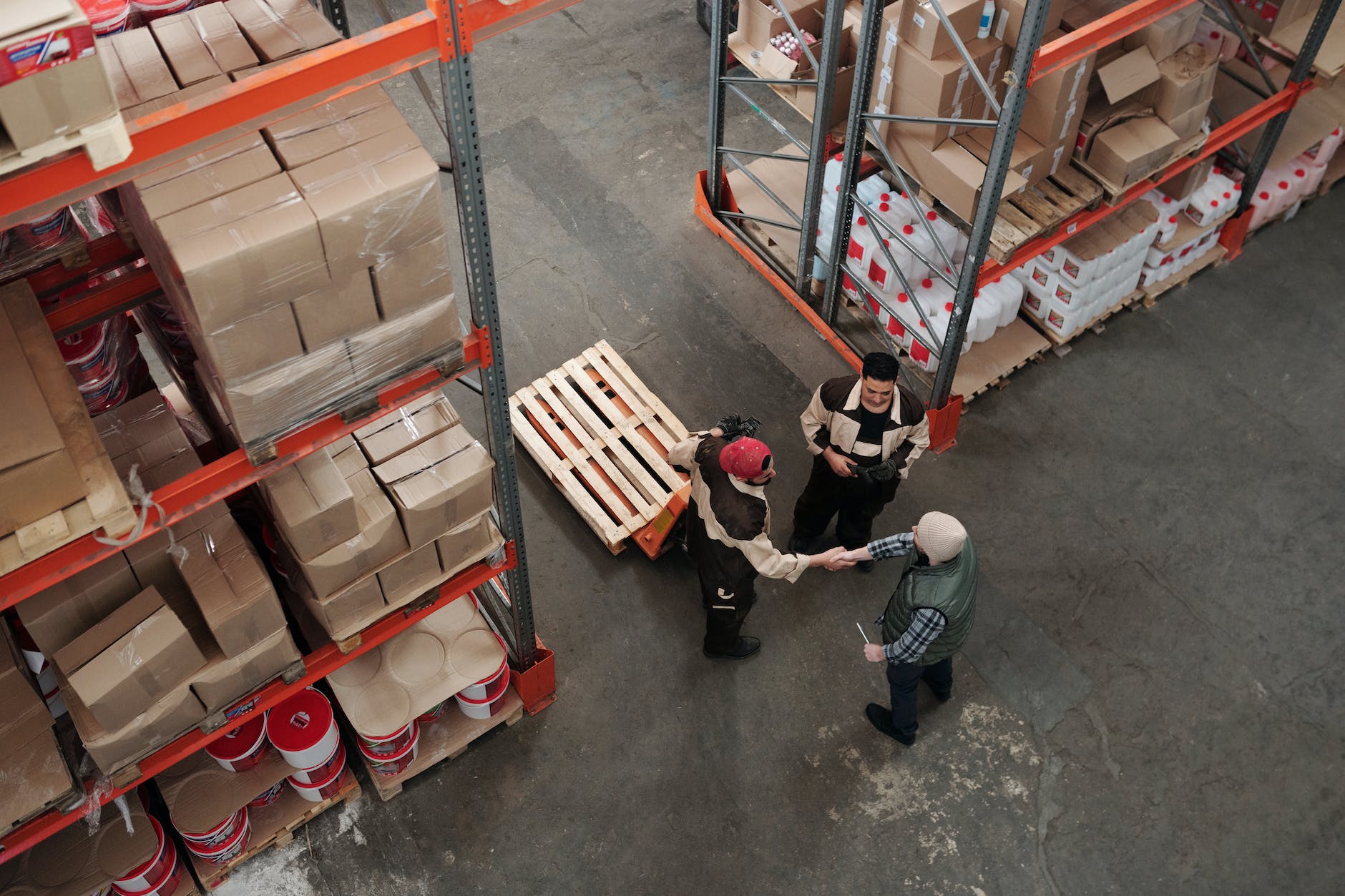Have you ever wondered what happens to a product from the moment it is created until it eventually fades away into obsolescence? In the world of consumerism, every product goes through a life cycle that encompasses different stages. From its initial conception to its eventual decline, understanding the journey a product takes can provide valuable insights into the dynamic nature of the market.
Stage 1: Product Development
Product development is the stage where ideas are transformed into tangible products. It involves extensive research and testing to ensure that the product meets the needs and expectations of consumers.
Market research plays a crucial role in product development. Through surveys and analysis, companies gather information about consumer preferences, trends, and demands. This data provides valuable insights that guide the development process and help companies create products that will resonate with their target audience.
Concept testing is another important aspect of product development. By utilizing focus groups and prototyping, companies gauge public opinions and refine their product ideas. This stage helps eliminate potential risks and ensures that the final product aligns with market expectations.
Once a product is developed, the next step is its introduction to the market. Product launches play a significant role in creating initial buzz and generating consumer interest. Companies employ various marketing strategies, including advertisements, media campaigns, and public relations, to maximize the impact of the launch and create a strong foundation for the product’s journey.
Stage 2: Growth
During the growth stage, the product gains traction, and sales start to increase. This is a crucial phase for companies, as they work to establish a strong brand presence and expand their market share.
As the product gains popularity, companies focus on building brand equity. They invest in marketing efforts to create a strong brand image that resonates with consumers. This allows them to differentiate their product from competitors and develop a loyal customer base.
Product enhancements and diversification also play a significant role in the growth stage. Companies continually improve their product based on consumer feedback and emerging trends. They may introduce new features, extend product lines, or explore different variations to meet the evolving needs and preferences of their target market.
However, with growth comes increased competition. As the market expands, new competitors enter the scene, vying for the attention of consumers. Companies must adapt their marketing strategies to maintain their market position and differentiate themselves from competitors.
Stage 3: Maturity
Maturity is the stage where the product reaches its peak in terms of market saturation. While sales may still be steady, the growth rate starts to slow down. Companies must now fine-tune their strategies to sustain their position in a highly competitive landscape.

Image courtesy of www.sprintzeal.com via Google Images
During the maturity stage, companies focus on market segmentation. They identify specific consumer segments and tailor their marketing efforts accordingly. By understanding the unique needs of different customer groups, companies can maintain sales and target new markets.
Price competition becomes more prominent during the maturity stage. As the market becomes saturated with similar products, companies strategically adjust pricing to attract price-sensitive consumers while maintaining profitability.
To stay competitive, product differentiation and innovation become critical during this stage. By constantly improving their product and offering unique features, companies can retain customer loyalty and extend the product’s life cycle.
Stage 4: Decline
Every product eventually faces decline and obsolescence. This is influenced by various factors such as technological advancements, changing consumer preferences, and market saturation.
Strategies for extending the product’s life become vital during the decline stage. Companies may explore product diversification, rebranding, or entering new markets to prolong the product’s relevance and maintain sales.
However, despite efforts to delay decline, obsolescence is inevitable. As newer technologies and products emerge, consumers may shift their preferences, leaving once-popular products behind.
Conclusion
The life cycle of a product offers valuable insights into the dynamic nature of consumerism. From the initial stages of development to eventual obsolescence, every product undergoes a journey influenced by market trends, consumer preferences, and competition.
Understanding these stages allows companies to strategically navigate the market and make informed decisions. It also encourages consumers to reflect on their own purchasing habits and the life cycles of the products they consume.
As technology continues to advance and consumer demands evolve, the journey of a product’s life cycle remains an integral part of the ever-changing world of consumerism.



